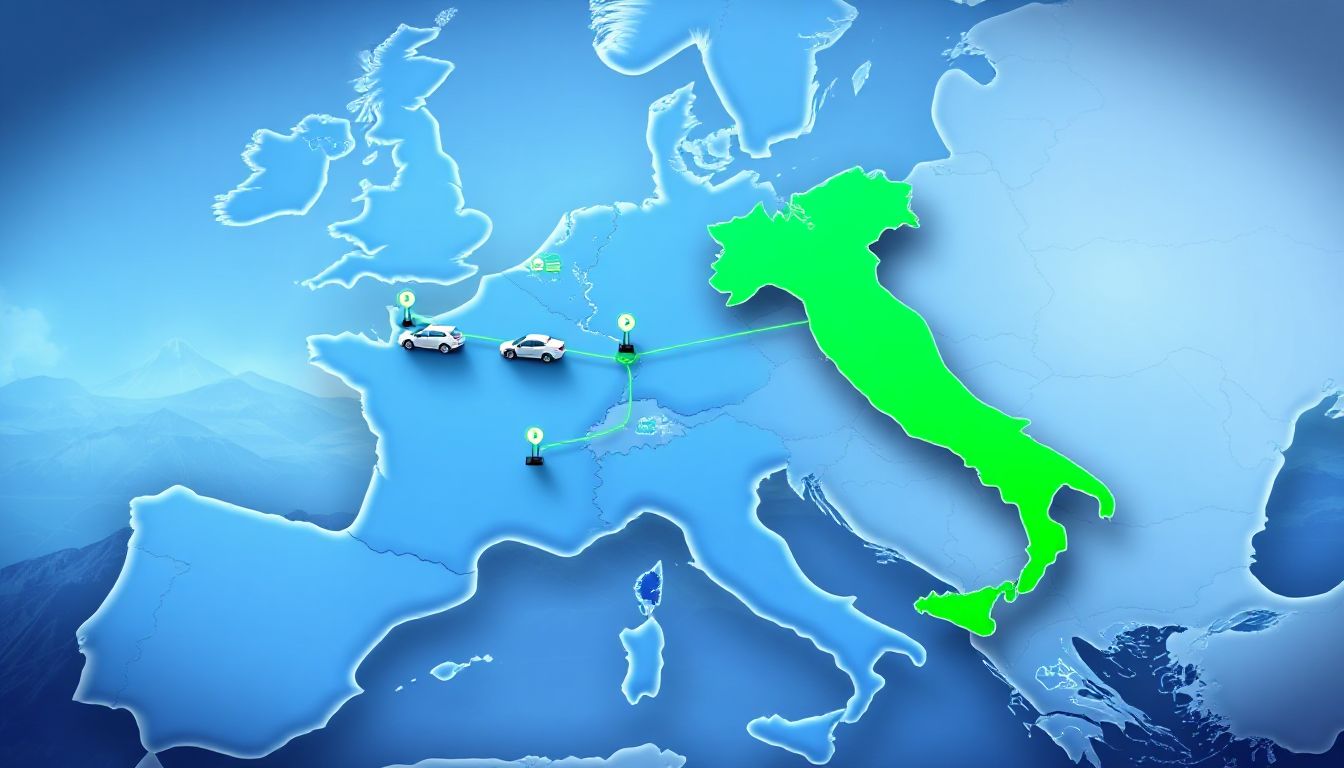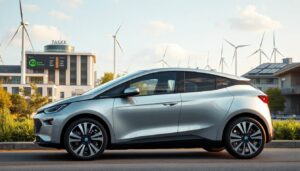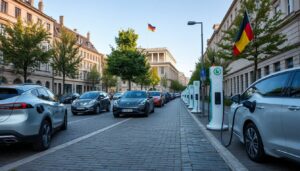Introduction
Electric vehicles (EVs) are sweeping across Europe like a quiet revolution. Germany and Italy are key players shaping this change. Both nations push for cleaner air, cheaper fuel costs, and new tech jobs. As more people buy EVs, governments step up with new rules and big investments. This article dives into how Germany and Italy are building their EV worlds—covering infrastructure, policies, and what’s coming next.
Germany’s Electric Vehicle Market and Infrastructure
The Growth of Electric Vehicles in Germany
Germany is now one of Europe’s top markets for EVs. About 1.2 million electric cars are on the roads, which is roughly 2% of all vehicles. Germany’s biggest automakers, like Volkswagen and BMW, lead the charge with models such as the ID series and i-series. Consumers here are increasingly interested in eco-friendly options. Many now prefer electric cars because they’re cheaper to run and better for the planet.
Charging Infrastructure Development in Germany
Germany has expanded its charging network fast. Over 40,000 public charging stations now cover big cities and rural areas. Fast chargers, which fill batteries in minutes, are mainly located along highways and near popular destinations. Governments and private firms like Tesla and EnBW invest heavily in charging station growth, making it easier for everyone to go electric.
Government Policies and Incentives in Germany
The German government offers tax credits, rebates, and subsidies up to €9,000 for new EV buyers. Zero-emissions zones restrict polluting cars in city centers, encouraging EV use. Strict emissions standards also push automakers to accelerate their EV plans. These policies have helped Germany’s EV market grow faster than many expected.
Challenges and Opportunities in the German EV Ecosystem
The country’s energy grid needs to keep up with rising EV use. More renewable energy sources like wind and solar can power cars cleaner. There’s also room for innovation, especially in vehicle-to-grid tech, which allows cars to give energy back to the grid. International collaborations, such as cross-border charging networks, open more doors for drivers.
Italy’s Electric Vehicle Landscape and Infrastructure
EV Adoption Trends and Market Dynamics in Italy
Italy is catching up in EV adoption, with about 180,000 electric vehicles. City restrictions and eco-conscious consumers drive interest. Italian automakers like Fiat are now offering more EV options, while many imported models are popular too. People are curious but still hesitant due to worries about charging and range.
Charging Network Expansion in Italy
Italy has focused on stretching its charging stations across towns, cities, and rural areas. Major cities like Rome and Milan have dense networks, but rural zones still need more coverage. Both public and private companies operate charging points. Italy participates in cross-border projects like IONITY, which links charging stations across Europe.
Italian Government Policies and Incentives
Italy now provides rebates up to €6,000 for new EV purchases. Plus, tax breaks and local incentives in cities like Milan promote cleaner transport. City governments also launch programs such as free parking for EV drivers. EU rules influence Italy’s push for greener mobility and stricter emissions limits.
Barriers and Future Opportunities
A major challenge remains in building enough charging stations outside urban areas. Some Italians worry about the weak charging network and long charging waits. Still, Italy has a great chance to use renewable energy for charging—solar and wind farms are expanding. Smart grids can make EV charging more efficient and clean.
Comparative Analysis: Germany vs. Italy on the EV Map
Germany’s EV market is more mature. It has more chargers, more models, and faster policy moves. Italy is still growing but has plenty of room to catch up. Germany’s infrastructure is widespread, especially along highways; Italy’s is denser in cities. Both countries are working on creating better cross-border charging, helping drivers travel hassle-free. Policies in Germany focus on tax benefits and strict standards, while Italy emphasizes city programs and EU rules. Cross-country projects offer chances to strengthen the entire European EV network.
Future Outlook and Recommendations
Electronics, battery tech, and smart charging will shape the future. Europe’s green push means EV sales will keep climbing. The key to success is not just making cars, but also developing better charging and renewable energy use.
Here’s what to do next:
- Consumers: Get a home charger and choose EVs with longer range.
- Policymakers: Invest more in nationwide charging networks. Keep pushing policies that support renewable energy.
- Industry: Focus on battery innovation and vehicle-to-grid tech.
Conclusion
Both Germany and Italy are making big strides toward electric mobility. Strong infrastructure and smart policies are vital for success. As these nations grow their EV scenes, they can lead Europe toward a cleaner, smarter transportation future. But challenges like charging gaps and energy sustainability remain. The road ahead is bright, and opportunities abound for everyone willing to invest and innovate in electric vehicles.
The future of EVs in Germany and Italy is bright—and their map is just beginning to take shape.




